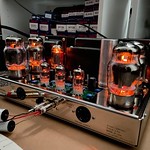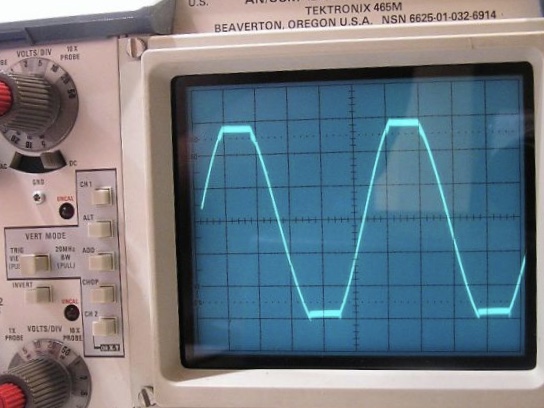[quote="rjpjnk"]Greetings all. I see that many people are running active preamps before their power amplifiers, and I would like to understand if a preamp could be of any use to me.
For the sake of discussion, let's say I don't need phono, don't need input selection, and I don't need tone controls.
If I have only a single input source (say, a CD player), what possible advantage could a preamp (such as a PAS 3x or SP14) offer in terms of sound quality compared to just running directly into the VTA70? I already have a stepped attenuator for volume control.
I have read a lot of discussion already and posted on some less technical foums, but the only answers I got were along the lines of "Of course a preamp makes things sound better, you must be an idiot for asking". Even if this is correct, it is wholly unsatisfactory technically. So I am hoping some of the more educated folks here could help me understand if in fact there are some sound technical reasons why an active preamp between my CD player (or iPhone) and my VTA70 could improve the sound quality.
I am an EE and have extensive electronics and signal processing background but limited audio experience, hence the uncertainty. From what I can see and measure, the first stage amplifier in the VTA70 already seems to be very high quality, and the input impedance and signal level appear to be a perfect match for many modern input sources. So no preamp gain is required, only attenuation, which a stepped attenuator seems to accomplish nicely.
Based on traditional noise figure analysis, it would seem that the addition of an active preamp in this case could only degrade the sound when compared to the direct path. But so many very smart people are using them, and sometimes paying huge amounts of money for them, so I am wondering if I am missing something.
Thank you in advance for any inputs.
The answer is almost so basic as to be very nearly disguised by its simplicity. Let's compare a:
Passive Attenuator: A passive attenuator will allow only the line-out voltage from the source to reach the amp. That is the given:
a) Most modern power-amps will produce full output when fed +/- 2V or so, and most sources produce 2V or so of Line-Out voltage.
b) Meaning that most passive attenuators will deliver sufficient output to the amp for it to produce full output.
c) If most modern amps are fed greater than 2V for any sustained period of time, they will clip. The amount and result of said clipping depends on the nature of the amp - keeping it simple for now.
Active Pre-Amp: An active pre-amp will send higher-than-line-level voltage to the amp, if required. I have several that will deliver up to 13V.
a) If I send a sustained 13V through my most powerful (solid-state) amps for any sustained period into my most tolerant speakers, I will watch the voice-coils fly across the room as melted slag.
b) Meaning that this is clearly not a good idea.
c) The same logarithmic scale applies to pre-amps as it does to power amps.
NOW, comes the BUT:
https://www.discogs.com/Saint-Sa%C3%ABns-Michael-Murray-Eugene-OrmandyPhiladelphia-Orchestra-Symphony-No-3-Organ-Encores-La-Fran/release/11954946 Obtain a very good recording of the Saint-Saens Organ Symphony - VERY good. The Peak-to-average on the recording linked is very nearly 30 dB.
You will NOT be able to play this comfortably with only 2V of headroom. The quietest passages will be inaudible. The loudest, not very. Being just a bit didactic, I am NOT stating that the dynamic range of the recording is 30 dB, but that the PEAK output is, in a few instances, 30 dB Louder than the AVERAGE output. Meaning that the dynamic range approaches 40 dB. Note that typical heavy-metal type recording has a dynamic range of less than 20 dB, with a P/A typically around 10 dB.
A well-designed power-amp will easily deliver up to 10X its RMS rating for enough time to handle a music peak without clipping. And any (repeat, any) well designed speaker will handle such without damage.
Cutting to the chase, a pre-amp allows the full dynamic range of a recording to be delivered to the listener in a usable form at an adequate volume to encompass a listenable quiet passage and an un-distorted peak.
A Passive Attenuator will not do so.
Last edited by Peter W. on Wed Jul 18, 2018 4:17 pm; edited 1 time in total (Reason for editing : Punctuation)



 peterh
peterh
